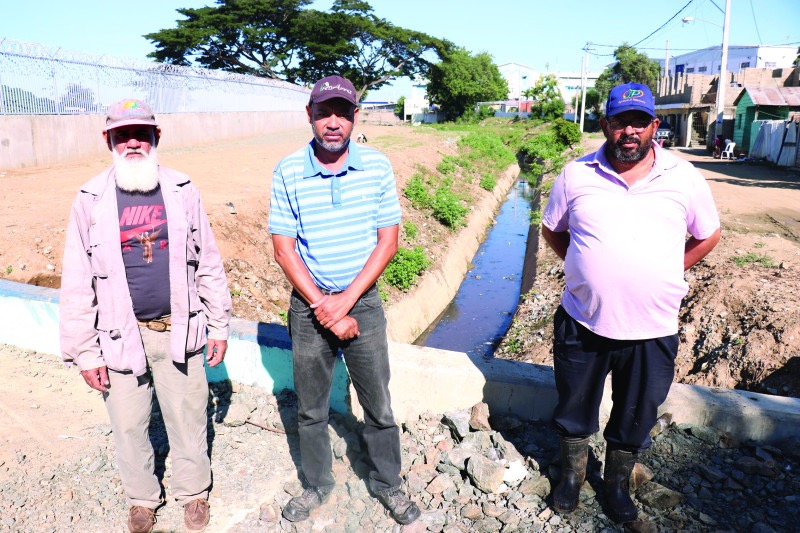Dajabón rice producers face water crisis due to canal construction in Haiti

Dajabon.- Rice producers in Dajabón province, Dominican Republic, are raising alarms over a potential water shortage threatening their livelihoods. This crisis stems from the construction of a canal by Haitians in Juana Méndez, designed to divert substantial volumes of water from the Massacre River to Northeast Haiti.
The issue is particularly pressing as the Dominican government has not secured sufficient water to irrigate over 20,000 land tasks (a unit of area) for local rice producers, according to the area’s Board of Irrigators. José Gil, president of the Board, expressed frustration over the National Institute of Hydraulic Resources (Indrhi) not addressing this problem effectively. He criticized the INDRHI minister for allegedly misrepresenting the situation to the country and international observers.
Gil emphasized that the local rice producers are still awaiting a response from the Indrhi director regarding their request to build two wells with solar panels at the Veterano cero, Number 1 and 4 dams, and the Don Pedro dam. These wells are crucial for ensuring water supply to rice fields impacted by the canal’s construction in Haiti.
Wascar Sigoyen, president of the Sagrado Corazón de Jesús de Dajabón Rice Producers Association and member of the Fenarroz board, refuted claims by Indhri director Olmedo Caba about the readiness of the La Vigía channel. He stated that the channel is incomplete and the water it provides will be insufficient for the large area needing irrigation.
With the Haitian canal expected to become operational in 2024, Sigoyen warned that the local rice production is at risk of total extinction due to inadequate governmental response and support. Another rice producer, Manuel Fernández, revealed to Listín Diario that, in the absence of government support, they are resorting to using water from the city center for irrigation, urging for assistance from the authorities.
This situation underscores the critical need for collaborative water management and support for agricultural communities in border areas, especially considering the transboundary nature of water resources and their impact on regional food security and livelihoods.
















